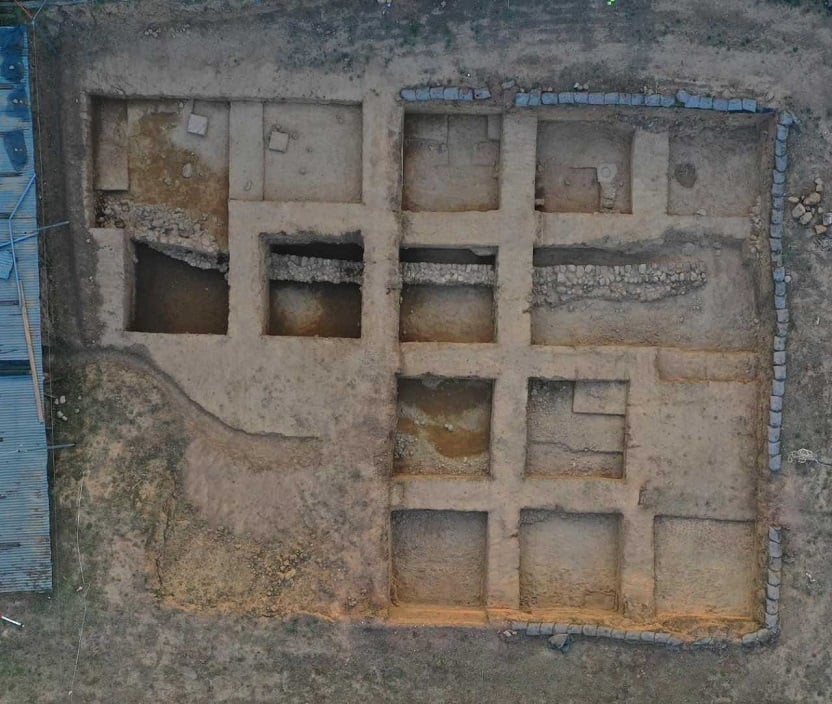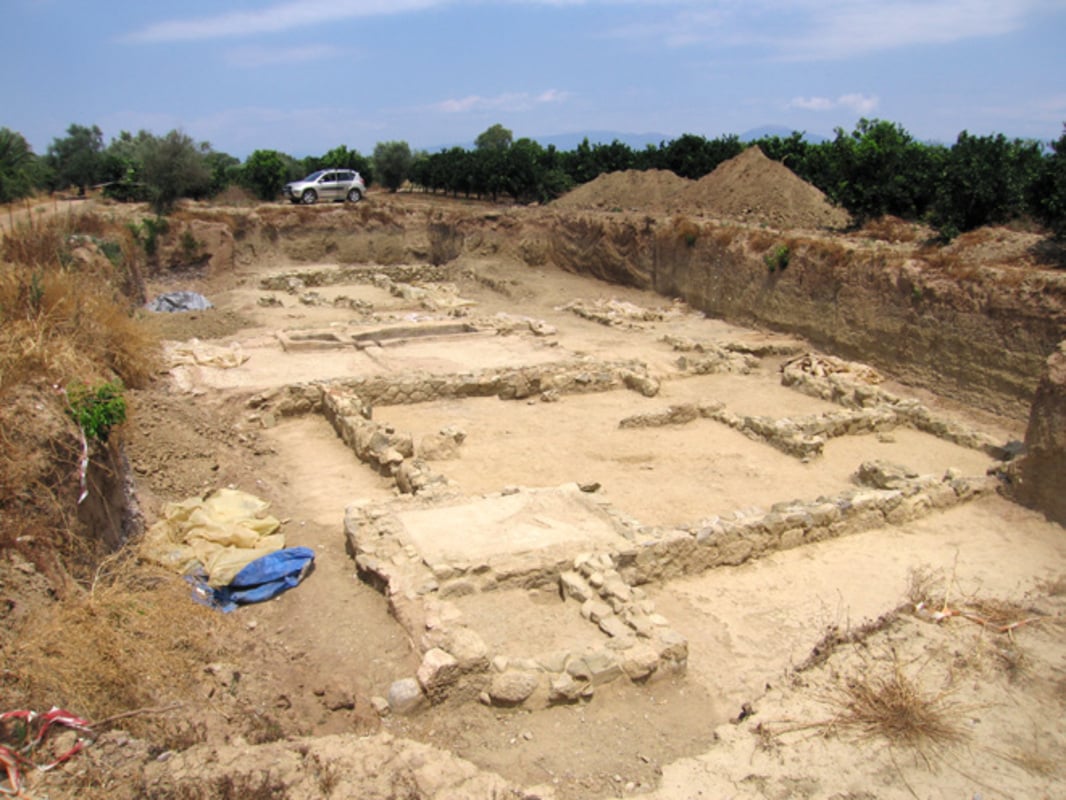
The ancient Helike was a famous Greek city which suffered a devastating fate in ancient times. Like the lost city of Atlantis, it disappeared beneath the waves in a dramatic natural disaster. In fact, some scholars believe this was the actual inspiration for Plato’s account of Atlantis. What do we know about its disappearance, and how was it rediscovered?
What was Helike?
Helike was an ancient Greek city in the northern Peloponnese. It was a very powerful city, being the leader of the Achaean League, a confederation of twelve cities. It was not merely militarily influential but also politically, culturally, and religiously. Helike even produced its own coinage.
The city of Helike worshipped Poseidon as its chief god. Appropriately, Helike was a famous trading city. Traders would travel to the city to be blessed by Poseidon so as to ensure a safe journey over the seas. Helike established colonies in a number of far off places, such as in Anatolia and Italy.
With these facts in mind, it is no wonder that some scholars have suggested Helike was the inspiration for Plato’s account of Atlantis. Like Helike, Atlantis was supposedly a center of international trade, with a temple dedicated to Poseidon. However, the most striking connection to Atlantis is the sudden destruction of the city. How did this happen?
How ancient Greek city Helike was suddenly destroyed
In about the year 373 BCE, something terrible happened to Helike. Although we only have accounts from later years, the available evidence indicates there was an earthquake. This earthquake caused the land to sink down, and a tsunami swept over the settlement.
Modern sources often claim the city of Helike slid down into the sea—in other words, the Gulf of Corinth. However, this is not quite correct. Rather than it going down into the sea, the sea came over it in the form of a tsunami. The reason it did not reappear when the water retreated is because the earthquake caused the city to literally sink down into the ground.
Later, in the late third century BCE, Eratosthenes visited the site. According to his account, local sailors informed him that the statue of Poseidon, holding a mythical creature known as a hippocamp, was still visible below the water. It was actually a hazard to fishing nets, since they got caught on the statue.
Over the years, various other ancient Greek writers described the remains of the city. However, the site eventually silted over from deposits carried by the river in the area. This caused the ruins to completely disappear, which led to the loss of the site’s exact location.
How Helike was rediscovered
How was Helike rediscovered? The one key assumption that impeded its rediscovery was that it sank into the sea. The sea in question is actually the Gulf of Corinth. For this reason, researchers throughout the twentieth century attempted to search for its ruins just off the coast of this gulf.
After decades without any results, Professor Dora Katsonopoulou questioned this pervasive assumption. Eratosthenes had written about how the statue of Poseidon was still visible in the ‘poros.’ Scholars in the past interpreted this to mean a passage through water, referring to the Gulf of Corinth in this context.
However, Katsonopoulou instead argued that Eratosthenes was referring to a lagoon. Thus, rather than Helike sliding into the sea, the sea had came up and formed a lagoon over the city, which had sunk down due to the earthquake. Since no lagoon adjacent to the Gulf of Corinth exists today in the known vicinity of Helike, this led to the conclusion that the lagoon must have silted up and become a plain.
Helike today

After years of investigative work by the Helike Project, led by Katsonopoulou, the ancient city was finally rediscovered in 2001. Rather than searching the open water, they dug down into the plain just next to the Gulf of Corinth. By digging through the now-dry river sediments, they uncovered ruins of an ancient city.
The remains of this city revealed evidence of occupation going back many centuries. It matches the accounts of Helike. Furthermore, in the layer of the city dating to the fourth century BCE, there is clear evidence of destruction and a fire. There is no evidence of further inhabitation of this settlement after that destruction layer. This all matches up with the destruction of Helike.
Additional confirmation that this is the correct site is that the archaeologists uncovered evidence of marine life among the ruins. This shows that the sea had covered it for a time. With this evidence, the mystery of Helike was solved. It was not beneath the waves of the sea. Rather, Helike had been beneath everyone’s feet the whole time, under the ground just next to the Gulf of Corinth.
Source: http://greece.greekreporter.com/category/greek-news/tourism/